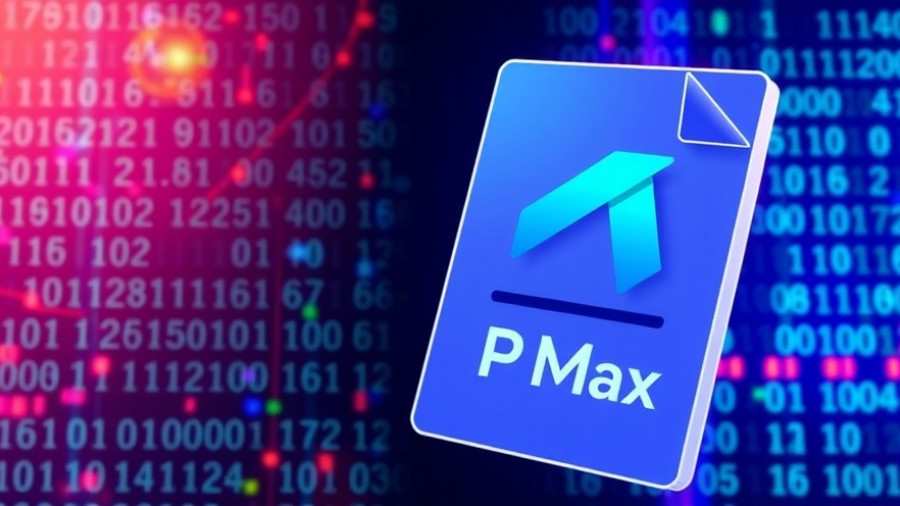
Maximizing Inquiries: PPC Advertising for Home Care Agencies
In the competitive world of home care, generating inquiries is vital for agencies looking to expand their client base. Pay-per-click (PPC) advertising is not only an effective marketing strategy but also a way to reach potential clients directly when they are looking for services. This article delves into how home care agencies can use PPC advertising to drive inquiries and ultimately grow their business.
Understanding PPC Advertising and Its Importance
PPC advertising allows businesses to display ads in search engine results and pay a fee each time the ad is clicked. For home care agencies, this means they can target specific keywords related to their services, ensuring they appear right when prospective clients are searching for help. This targeted approach is crucial for visibility in an industry where trust and timely assistance are paramount.
The Art of Keyword Research
The first step in implementing an effective PPC campaign for your home care agency is thorough keyword research. Utilizing tools like Google Keyword Planner, agencies can identify high-performing local keywords such as "home care for elderly" or "in-home nursing services." Focusing on local keywords enhances the chance of connecting with clients in your service area, making your PPC efforts more relevant and impactful.
Creating Compelling Ad Copy
Once your keywords are identified, crafting effective ad copy is essential. A compelling ad should clearly convey your agency’s unique strengths, such as 24-hour care or specialized services. Using emotional triggers in your ad copy can resonate with caregivers and families seeking immediate assistance for their loved ones. Phrases like "compassionate care when you need it most" can compel users to click on your ad.
Landing Page Optimization for Higher Conversion Rates
Even the best ad can fall flat without an optimized landing page. Ensure that your landing page directly reflects the ad’s messaging, providing the information users are seeking. Features to include are client testimonials, service descriptions, and easy-to-find contact forms. A clear call to action, such as "Get a Free Consultation Today!", can help convert clicks into inquiries.
The Role of Analytics in Fine-Tuning Your Campaigns
Tracking the performance of your PPC campaigns is crucial for understanding what works and what doesn’t. Utilize Google Analytics to monitor metrics such as click-through rates (CTR) and conversion rates. Regularly reviewing this data will allow you to make necessary adjustments, optimize your keyword choices, and refine your ad copy to better meet the needs of your target audience.
Staying Updated on Digital Marketing Trends
In today's fast-paced digital landscape, staying informed about PPC and broader digital marketing trends is crucial. Professionals in the home care industry should keep an eye on evolving SEO updates, social media marketing trends, and advancements in user experience optimization. These insights will not only enhance your PPC efforts but will also contribute to a comprehensive digital marketing strategy that encompasses all aspects of engagement.
Conclusion: Taking Action with PPC
For home care agencies looking to enhance their inquiries, adopting a robust PPC advertising strategy is a vital step. By carefully conducting keyword research, crafting compelling ad copy, optimizing landing pages, and monitoring campaign performance, agencies can significantly increase conversion rates and connect with more clients in need of their services. With these insights, you're equipped to take your PPC strategy to the next level.
If you're ready to boost your home care agency's online visibility and drive more inquiries, start implementing these strategies today. Invest in tailored PPC campaigns to maximize your reach and impact!
 Add Row
Add Row  Add
Add 




Write A Comment